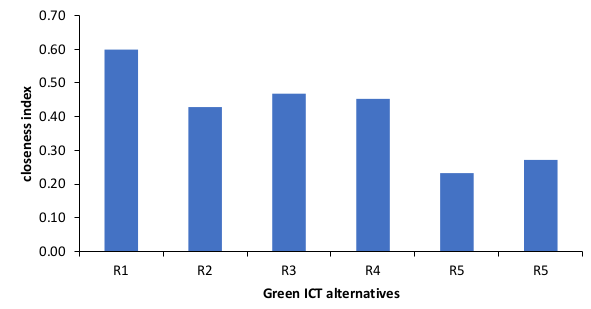Green Information and Communication Technologies Implementation in Textile Industry Using Multicriteria Method
Keywords:
Textile, TOPSIS, Multicriteria, Technology, Green ICTAbstract
It has been recognized that green Information Communication Technology (ICT) is fast becoming popular in every sector. It’s fundamental relevance to textile industry requires urgent attention than ever. Over the years selections of technologies to drive the textile industry has been a debate. There is a need for an efficient technology selection method to realize this goal. Selection of green ICT alternatives is a multicriteria decision making problem which has been sparsely explored in open literature. This study presents green ICT adoption in the textile industry using a fuzzy-TOPSIS multi-criteria approach for the most preferred ICT alternative in a textile industry. Criteria for Green ICT selection were identified by administering interview with selected textile and ICT industry experts at the managerial cadre of organizations and academics. Criteria considered were Implementation Cost (IC), Operating and Maintenance Cost (OMC), Environmental Impact (EI), Improved System Performance and Use (ISPU), Supply Chain Management (SCM) and Employment Opportunities (EO). Results shows that the most preferred ICT alternative is power management with overall coefficient of 0.60 while the least preferred is software optimization with coefficient of 0.23. This work will allow clean industrial process in the textile industry and also promote sustainable cities and communities through responsible consumption and production as highlighted by sustainable development goals (SDG) 11 and 12.

Published
How to Cite
Issue
Section
Copyright (c) 2022 Journal of the Nigerian Society of Physical Sciences

This work is licensed under a Creative Commons Attribution 4.0 International License.





